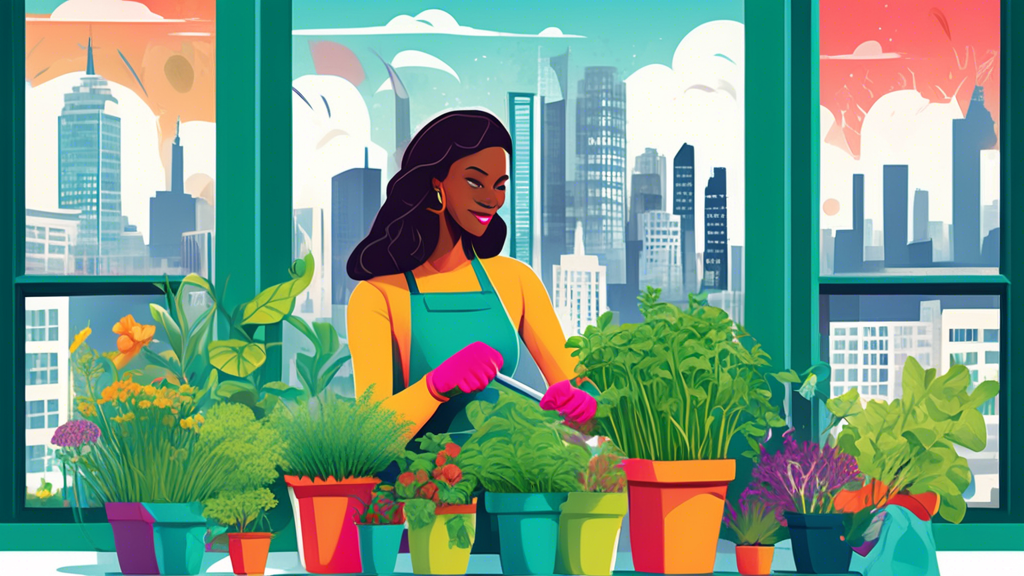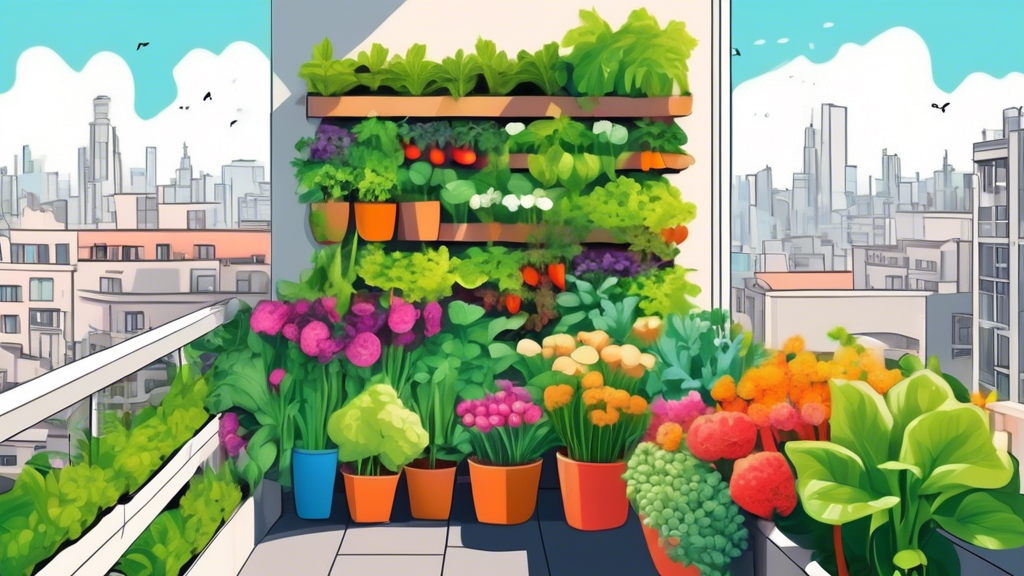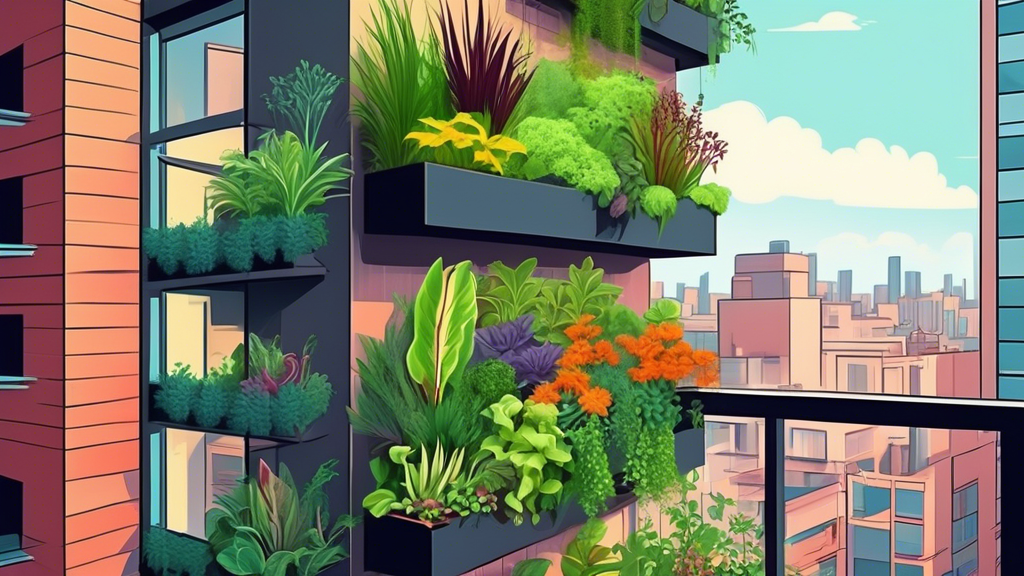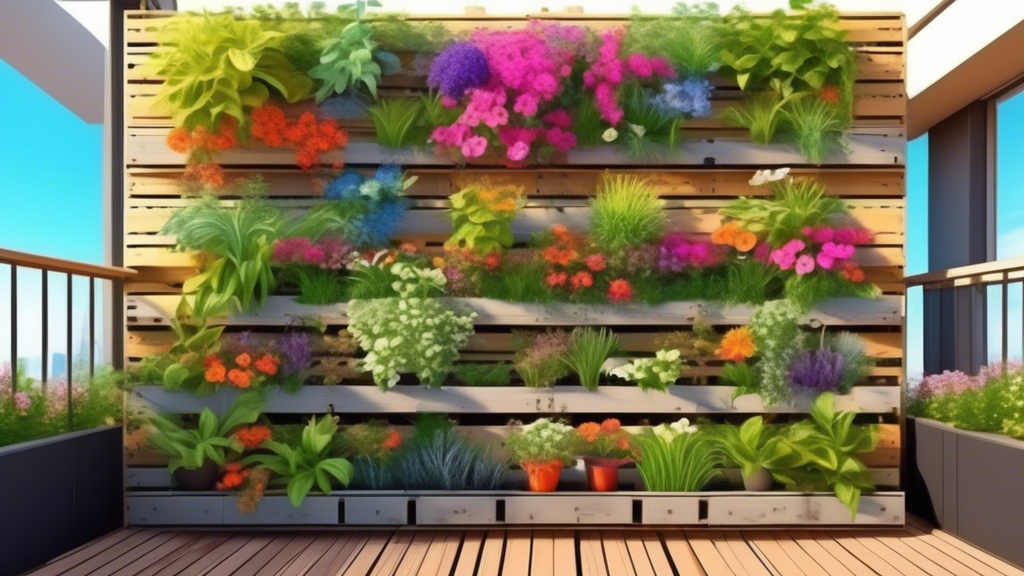
Why Start Your Own DIY Urban Gardening Project?
The Tangible Benefits Beyond Beauty
Urban gardening offers more than just visual appeal. It provides access to fresh, organic herbs and vegetables right at your fingertips. The act of gardening is also a proven method for reducing stress and improving mental well-being. Furthermore, a well-placed garden can create a cooler microclimate on a hot balcony or patio and contributes to a smaller carbon footprint by localizing your food production.
Addressing Common Urban Gardener Challenges
Many aspiring gardeners face hurdles, but solutions are readily available.
- Challenge: “I have no yard or ground space.”
Solution: Focus on vertical and container gardening techniques that utilize walls and railings. - Challenge: “I don’t have a lot of time to maintain a garden.”
Solution: Opt for low-maintenance plants and incorporate self-watering systems to minimize daily care. - Challenge: “It’s too expensive to start.”
Solution: Utilize upcycled and recycled materials like bottles, buckets, and pallets for your projects. - Challenge: “I don’t get enough sunlight.”
Solution: Select plants that thrive in shady conditions, such as certain herbs and leafy greens.
Must-Try DIY Urban Gardening Projects for Beginners
The 5-Gallon Bucket Vegetable Garden
Ideal for growing tomatoes, peppers, and cucumbers. Simply drill a few drainage holes in the bottom of a food-grade bucket, fill with soil, and you have an instant, mobile garden bed.
The Pallet Vertical Herb Garden
A classic space-saver perfect for herbs like mint, basil, and thyme. Ensure you source heat-treated (HT) pallets, which are safe for growing edibles, and secure them firmly to a wall.
Self-Watering Planters from Plastic Bottles
An ingenious solution for consistent moisture, great for when you’re away. This project is perfect for small herbs and lettuce and teaches the basic principles of sub-irrigation.
Intermediate & Advanced DIY Urban Gardening Projects
Build a Vertical Garden with Gutter Systems
Excellent for creating a lush, cascading display of strawberries, lettuces, or flowers. Mount gutters on a sunny wall or fence, ensuring proper spacing for plant growth and easy harvesting.
Create a Self-Irrigating “Wicking Bed” Container
This advanced method uses a water reservoir at the bottom that the soil draws up as needed. A unique insight is that this “wicking” action can reduce water usage by up to 50% compared to traditional top-watering and is highly effective at preventing both over and under-watering, making it ideal for larger plants like zucchini.
Repurposed Furniture Garden: From Dresser to Planter
Breathe new life into an old dresser or cabinet by converting its drawers into multi-level planters. This adds unique character and maximizes your planting area in a creative way.
Choosing the Right Plants for Your Urban Oasis
Best Plants for Small Spaces & Containers
| Category | Examples |
|---|---|
| Vegetables | Cherry tomatoes, salad greens, radishes, bush beans |
| Herbs | Rosemary, cilantro, parsley, basil, mint |
| Fruits | Strawberries, dwarf blueberries |
Understanding Sunlight: A Quick Guide
Matching plants to their light conditions is crucial for success.
- Full Sun (6+ hours): Tomatoes, peppers, rosemary.
- Partial Sun (4-6 hours): Lettuce, basil, chives.
- Shade (<4 hours): Mint, parsley, kale.
Essential Tips for Maintaining Your DIY Urban Garden
The Urban Gardener’s Watering Schedule
Check soil moisture by sticking your finger an inch into the soil. Water only when it feels dry. Be mindful that city “heat islands” can cause containers to dry out faster, requiring more frequent watering in summer.
Organic Pest Control in a Confined Space
Use natural sprays like neem oil or a simple soap solution. Practice companion planting—for example, planting basil near tomatoes can help repel certain pests naturally.
Feeding Your Plants: A Guide to Urban Fertilizing
In small spaces, liquid fertilizers are often most effective. You can create your own nutrient-rich compost tea or use worm castings to provide a steady, organic food source for your plants.
Frequently Asked Questions (FAQs) About DIY Urban Gardening Projects
What is the easiest DIY urban gardening project for a complete beginner?
The Self-Watering Plastic Bottle Herb Garden is the perfect starting point. It requires minimal tools and cost, is very forgiving, and offers quick, satisfying results.
How can I garden in an apartment with no balcony?
Focus on indoor gardening. A mason jar herb garden on a sunny windowsill is a great start. For areas with limited light, a small, affordable LED grow light can create a productive countertop garden.
What are the most common mistakes in urban gardening?
The top mistakes are: 1) Overwatering, which leads to root rot. 2) Using containers without drainage holes. 3) Not matching the plant’s sunlight needs. 4) Planting too many seedlings in one container, which stunts growth.
Is it safe to grow vegetables in plastic containers?
Generally, yes, but it’s best to use food-grade plastics, which are typically marked with a #2, #4, or #5 recycling symbol. For absolute peace of mind, alternatives like fabric pots, ceramic, or wood are excellent and safe choices.






